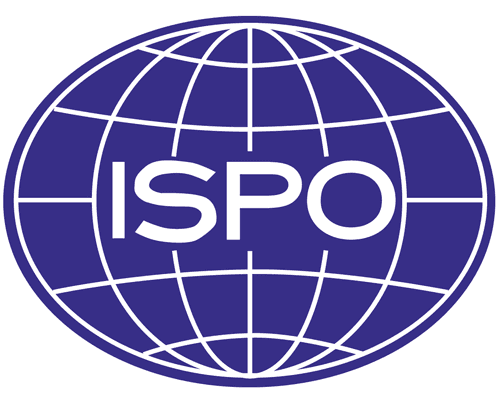-
- Introduction
- Objectives and Strategies
- Organizational Structure
- Publications
- Contact
INTRODUCTION
ISPO is a multidisciplinary organization comprised of persons who have a professional interest in the clinical, educational and research aspects of prosthetics, orthotics, rehabilitation engineering and related topics.
ISPO was founded in Copenhagen, Denmark in 1970 by a group of surgeons, prosthetists-orthotists, physiotherapists, occupational therapists and engineers to promote improvements in the care of all persons with neuromuscular and skeletal impairments. ISPO presently has approximately 3000 members worldwide in more than 80 countries with National Member Societies established in 51 countries. ISPO serves as an impartial, non-political, coordinating, correlating and advisory body.
ISPO’s goal is to provide educational guidance through international co-operation, thereby assisting professions, agencies and nations in improving their effectiveness so that the highest possible standard of prosthetic, orthotic and rehabilitation care can be provided worldwide.
OBJECTIVES AND STRATEGIES
Education
To facilitate and enhance the educational efforts of all health care disciplines involved in prosthetics and orthotics throughout the world. Information exchange and dissemination is achieved through
- World congresses
- Instructional courses
- Conferences
- Publications
Service
To provide, upon request, consultation and expertise to areas where the need for development of prosthetic and orthotic services has been identified. Teams
- Appraise and recognize schools and facilities
- Help develop clinical programmes
Standards
To compile and review standards which govern the practice of the professions concerned with prosthetic and orthotic care throughout the world. Guidelines are established through
- Educational symposia
- Curriculum updating
- Material and product evaluation and classification
- Concensus conferences
Research
To facilitate and encourage research which will improve the quality of products and services provided to persons in need. Support is given to recent developments such as
- Computer Aided Design (CAD) and Computer Aided Manufacture (CAM)
- Optical shape sensing
- Socket design
- Locomotion Studies
ORGANIZATIONAL STRUCTURE
National Member Societies:
All members of a given country, elect representatives from their membership to the International Committee.
Internal Committee:
Established policies, approves plans for carrying out these policies and elects ISPO’s Executive Board.
Executive Board:
Responsible to the International Committee for all operations of the Society. The Board appoints the Standing and, if needed, ad hoc Committees and the Task Officers and oversees the Secretariat. The Executive Board includes the President, the President-Elect, two Vice Presidents, and four other Fellow of ISPO, The Honorary Secretary, the Honorary Treasurer, the Immediate-Past President and all Standing Committee Chairmen. Task Officers join the Executive Board as non-voting members.
Standing Committees and Task Officers:
Carry out activities on an international basis with the approval of the International Committee. Standing Committees and Task Officers deal with Finance, Membership, Evaluation, Education, Publications, Congresses, Socket Design, Protocol,Professional Register, Journal Promotion and Standards.
Secretariat:
Responsible for the day-to-day administration activities of the Society.
PUBLICATIONS
Please visit the ISPO International website for publication information
CONTACT
International Society for Prosthetics and Orthotics (ISPO)
22-24 Rue du Luxembourg
B-1000 Brussels
Belgium
Telephone: +32 (2) 213.13.79
FAX: +32 (2) 213.13.13
E-mail: ispo@ispoint.org
Web: www.ispoint.org
